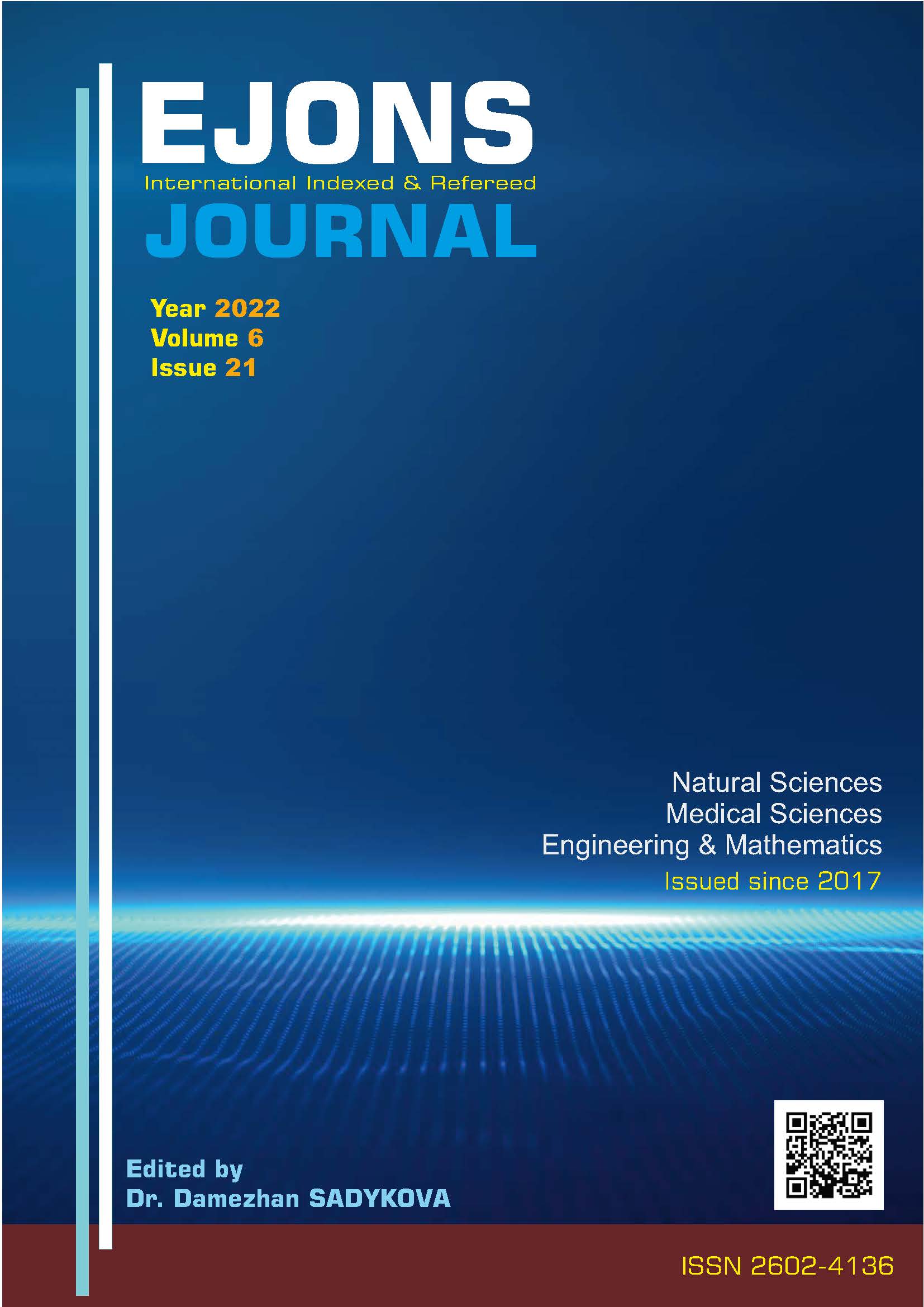Evaluation Of The Effectiveness Of Emergency Care Training In Burns Given To Second-Year Nursing Students
DOI:
https://doi.org/10.38063/ejons.563Keywords:
Burns, Nurse, StudentAbstract
Abstract Objective: The aim of this study was to evaluate the second-year nursing students' knowledge of emergency treatment in burns and the effectiveness of the training given to them on this topic. Method: The sample of this descriptive study was comprised 110 nursing students studying at a university health sciences faculty. The data were collected by a personal information form and a questionnaire developed by the researchers. In the analysis of the data, number and percentage calculations, arithmetic mean and paired t test were used. Results: It was found that the mean age of the students was 21.0±1.8, 65.4% were female and 59.1% were living in a house with a stove. 54.3% of the students encountered scald burns, 29.4% applied yogurt to the burned area and 90% did not pop the blisters. The post-test mean score was significantly higher than the pre-test mean score after the training (p<0.001). A statistically significant difference was also found between the pre-test and post-test mean scores in the sub-scales of approaches to flame burns, chemical burns, electrical burns, radiation burns and ice burns (p<0.05). However, no significant difference was seen between pre-test and post-test mean subscale scores in approaches to scalding and inhalation burns (p>0.05) (Table 3).Conclusion: In nursing education, the theoretical knowledge and applications of students to increase emergency response skills in burns that it will be effective in increasing awareness about.
Downloads
Published
How to Cite
Issue
Section
License

This work is licensed under a Creative Commons Attribution-NonCommercial 4.0 International License.


